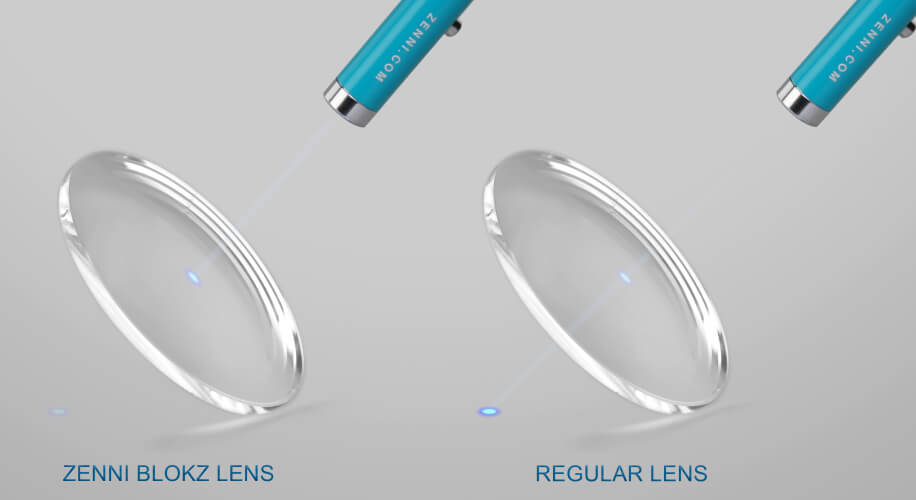Demystifying Blue Light: What is it and Where Does it Come From
- BY Steven Lee
- IN Blue Light Glasses
Ever wonder why the sky is blue? It’s all down to, well, blue light! While we often appreciate the calming hue of a clear, blue sky, many of us are unaware of the sources and potential impacts of blue light. Let’s delve deeper into the world of blue light and gain a clearer understanding of this intriguing part of our color spectrum.
Understanding Blue Light
Blue light is a color in the “visible light spectrum” that human eyes can see. More specifically, blue light has a very short wavelength, which means it produces a higher amount of energy. On the spectrum, it lies between violet light and green light, and it’s one of the reasons we see the sky as blue due to a phenomenon called Rayleigh scattering.
Common Sources of Blue Light
Natural Sources
The most significant natural source of blue light is sunlight. In addition to blue light, sunlight contains several other colors of the spectrum which combine to create “white light” or sunlight.
Artificial Sources
While sunlight is the primary natural source, blue light also emanates from various artificial sources:
- Electronic Devices: Our smartphones, tablets, computers, and televisions all emit significant levels of blue light.
- LED and Fluorescent Lighting: Energy-efficient lighting solutions have replaced traditional incandescent bulbs, but these new options produce more blue light.
- Signage and Lighting: Blue LEDs are frequently used in traffic signals, store signs, and other forms of lighting due to their high energy efficiency and brightness.
With the rise in digital device usage, our exposure to blue light has significantly increased over time. It’s important to note, however, that the level of blue light these devices emit is only a fraction of that produced by the sun.
Managing Blue Light Exposure
Given our increased exposure, managing the amount of blue light we interact with has become more important than ever. For those of us spending long hours in front of screens, investing in specialized eyewear designed to block or filter blue light can be beneficial. With the right pair of glasses, you can reduce exposure and potentially lessen eye strain and other discomfort associated with extended screen time.
At Zenni Optical, we offer a range of eyewear solutions designed to help you manage blue light exposure. One such option is our best online prescription glasses, which can be customized with Blokz lenses. These lenses are designed to block a portion of the blue light emitted by digital screens, making them a great option for those of us working or studying in front of screens for extended periods.

Remember, while blue light in itself isn’t harmful, moderation in our exposure, especially from artificial sources, can contribute to better eye health. The key lies in understanding what blue light is, recognizing the sources, and taking proactive measures to manage our interaction with it.
About the Author: Dr. Steven Lee
Dr. Steven Lee is a visionary leader in the eye care and telemedicine sectors and has built a remarkable career by combining his formal training in eye care, engineering expertise, and a passion for innovation. Dr. Lee serves as Zenni’s the Head of Optical Product.

